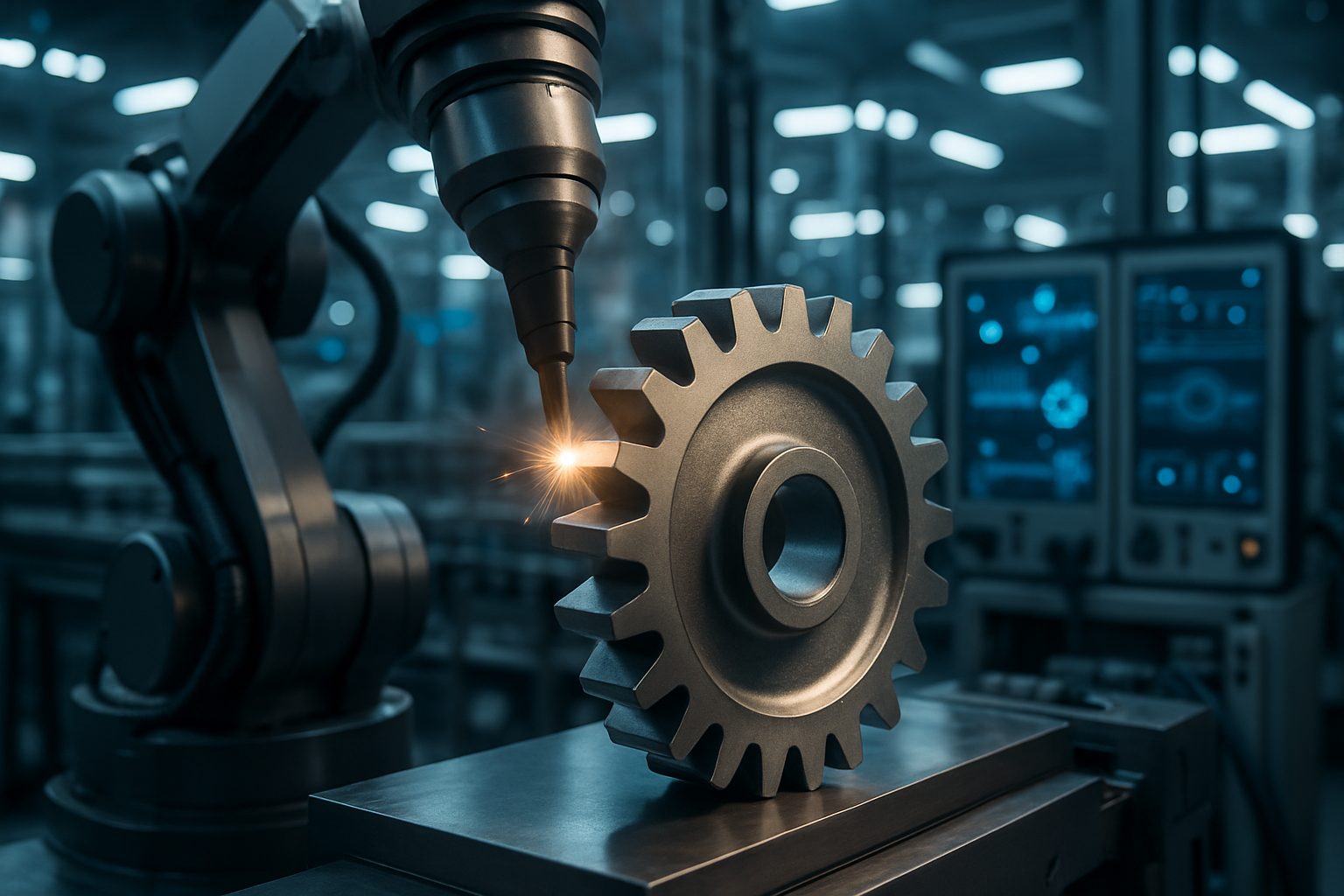The Evolution of Welding Machines: Advancing Manufacturing Technology
Welding machines have become an indispensable part of modern manufacturing, playing a crucial role in joining metals and other materials across various industries. From traditional arc welding to cutting-edge laser technology, these machines have undergone significant transformations, enhancing productivity, precision, and efficiency in industrial processes.

What are the latest advancements in laser welding technology?
Laser welding technology has emerged as a game-changer in the welding industry. This advanced technique uses high-powered lasers to create precise, high-quality welds with minimal heat-affected zones. Recent advancements in laser welding include:
-
Fiber laser technology: Offering higher efficiency and better beam quality than traditional CO2 lasers.
-
Hybrid laser-arc welding: Combining the benefits of laser and arc welding for improved speed and penetration.
-
Remote laser welding: Allowing for welding in hard-to-reach areas and increasing production flexibility.
These innovations have significantly expanded the applications of laser welding in industries ranging from electronics to heavy machinery manufacturing.
How is automation changing the welding industry?
Automation has become a driving force in the welding industry, transforming traditional welding processes into highly efficient, precise operations. Robotic welding systems, equipped with advanced sensors and control systems, can perform complex welding tasks with consistency and accuracy that surpass human capabilities. Key developments in welding automation include:
-
Collaborative robots (cobots): Working alongside human operators for increased flexibility and safety.
-
AI-powered welding systems: Utilizing machine learning algorithms to optimize welding parameters in real-time.
-
Vision-guided welding: Employing cameras and image processing to ensure precise weld placement and quality control.
These automated solutions not only boost productivity but also address the growing shortage of skilled welders in many regions.
What impact does welding technology have on various industries?
Welding technology has a profound impact across numerous industries, driving innovation and enabling the creation of products that were once thought impossible. In the automotive industry, advanced welding techniques allow for the production of lighter, stronger vehicle frames, contributing to improved fuel efficiency and safety. The aerospace sector relies on precision welding for critical components in aircraft and spacecraft, ensuring the highest levels of reliability and performance.
In the construction industry, welding machines facilitate the rapid assembly of large-scale structures, from skyscrapers to bridges. The energy sector benefits from specialized welding technologies for pipeline construction and maintenance, as well as the fabrication of renewable energy infrastructure like wind turbines and solar panel frames.
How are welding machines addressing environmental concerns?
As industries worldwide focus on sustainability, welding machine manufacturers are developing eco-friendly solutions to reduce environmental impact. Some key initiatives include:
-
Energy-efficient inverter technology: Reducing power consumption during welding operations.
-
Fume extraction systems: Minimizing harmful emissions and improving workplace air quality.
-
Recyclable consumables: Developing welding wires and electrodes that can be easily recycled.
-
Water-cooled systems: Decreasing the need for harmful coolants in high-power welding applications.
These advancements not only contribute to a cleaner environment but also help companies comply with increasingly stringent environmental regulations.
What are the future trends in welding machine technology?
The future of welding machine technology looks promising, with several emerging trends set to shape the industry:
-
Additive manufacturing integration: Combining 3D printing with welding for complex part production.
-
Internet of Things (IoT) connectivity: Enabling real-time monitoring and predictive maintenance of welding equipment.
-
Virtual and augmented reality training: Enhancing welder education and skill development through immersive technologies.
-
Nanotechnology in welding materials: Developing advanced filler metals and coatings for improved weld properties.
-
Ultrasonics and friction stir welding: Expanding the range of materials that can be joined efficiently.
As these technologies mature, they are expected to further revolutionize manufacturing processes, opening up new possibilities for product design and fabrication.
In conclusion, welding machines continue to evolve, driving advancements in manufacturing technology across industries. From laser welding to automation and eco-friendly solutions, these innovations are shaping the future of industrial production, enabling the creation of stronger, lighter, and more complex products while addressing environmental concerns and labor shortages. As technology progresses, welding machines will undoubtedly play an even more crucial role in the factories of tomorrow, pushing the boundaries of what’s possible in manufacturing.






